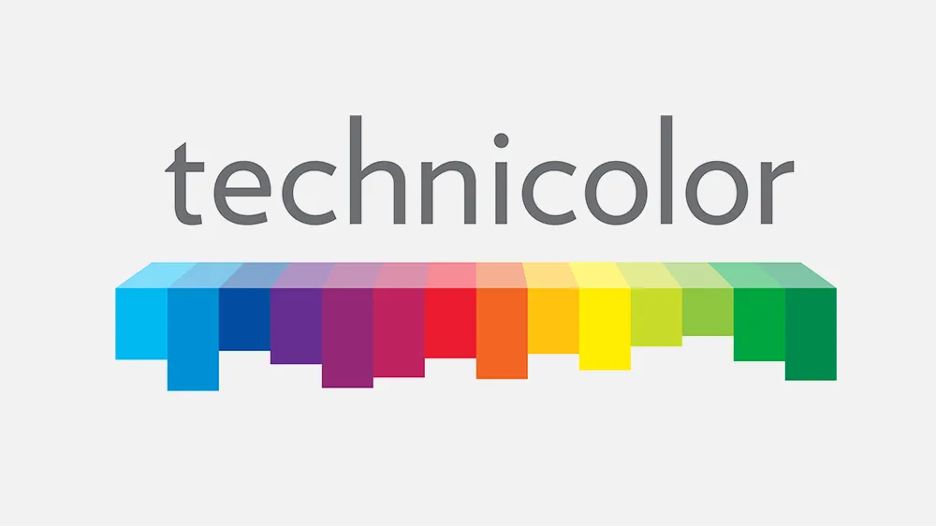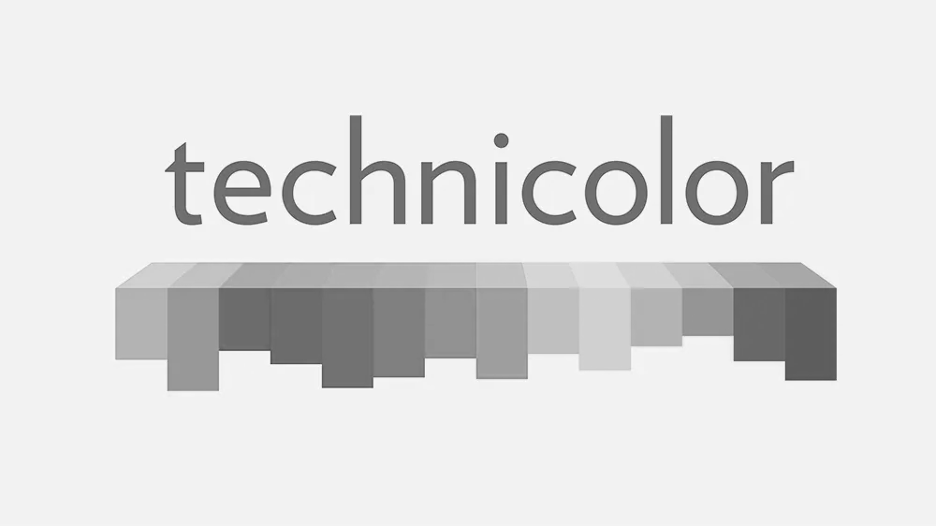Technicolor and its subsidiaries, including MPC and The Mill, have closed. The move comes on the heels of some amazing work by the companies.
Another sad day for the VFX and post industry.
Over a decade ago, the industry was gobsmacked to learn a visual effects studio riding high on accolades and the wave of success one minute, can find itself shuttered the next. In late 2012, VFX studio Rhythm & Hues had just finished its work on Life of Pi, for which it received a visual effects Oscar, only to be faced with Chapter 11 bankruptcy—a harrowing journey that occurred in three months’ time.
How could this have happened, especially as the studio had projects in the pipeline? It seems perplexing, but Rhythm & Hues was not the first victim, nor the last. The situation resulted in an open letter call to action issued by the Visual Effects Society at the time. While there were many reasons for the situation, it became highlighted the vulnerability of the VFX industry.

Luckily for Rhythm & Hues, it was sold at auction and continues to function today.
If only Moving Picture Company (MPC) can be that lucky. Call it the curse of Life of Pi, which the studio had worked on as well, or the curse of the industry as a whole, but this week, it was announced that MPC and its parent company, Technicolor, were closing—and no time was wasted between the time the SOS was sent and the doors were shuttered.
Technicolor and MPC are not the only casualties of this announcement, as the closing pertains to Technicolor subsidiaries The Mill, Mikros Animation, and Technicolor Games, too.
News stories on the matter began to surface last Friday, as Technicolor began notifying customers and employees of its severe financial challenges. Technicolor said efforts to find investors for the group had failed over the weekend, resulting in the company filing for court recovery procedure in France, where the parent company is headquartered. According to a company memo, quoted on MSN.com, appropriate procedures are being followed in the each company’s country “for orderly protection and [a] way forward is currently being put in place to allow, when possible, to remain in business continuity.”
Meanwhile, Technicolor and its brands have already shut down. While there is nothing pertaining to closures on the MPC website as of this writing, an email sent to MPC’s longtime head of global marketing resulted in an automated reply to this writer that the person no longer works there.
MPC, which was founded in 1970 as a production company, quickly made a name for itself in postproduction and visual effects. MPC changed hands starting as far back as 1983, eventually finding itself under the Technicolor umbrella, at which point it grew into a worldwide leading VFX facility and spread its roots from London to also include Canada (Vancouver and Montreal), the US (Los Angeles and New York), and India (Bangalore). It also expanded its reach with various offerings and services.
MPC’s clients and projects were not insignificant. Just two months ago, MPC created the realistic CG animals and environments for the successful Disney prequel Mustafa: The Lion King. In addition, the studio’s 2024 work included the blockbuster films Emilia Pérez and Dune: Part Two, as well as others.
At this point, MPC leaves a number of major unfinished films in its pipeline—this includes Disney’s live-action Lilo & Stitch and Paramount’s Mission: Impossible — The Final Reckoning (not to mention work residing at the other companies in the group). In March, Disney’s live-action Snow White, for which MPC produced a lot of work, will hit theaters. It’s unclear at this time who will pick up the remaining work on the films. Or, possibly, will a knight in shining armor and with deep pockets will come to the group’s rescue?
Thousands of employees across the Technicolor groups are affected by the closures. Variety, however, reported that the 100-person creative team at The Mill US has already sprung into action and is joining up with Dream Machine FX to form a new company, Arc Creative.
Technicolor has been on shaky ground for the past few years. In a memo to employees, Technicolor Group CEO Caroline Parot pointed to a number of factors that have led to this situation. “The Group has been experiencing difficulties linked to a variety of factors and has not been spared from external headwinds: the difficult operational situation resulting from post-COVID recovery, a costly and complex separation from the previous group, followed by the writers’ strike leading to a slowdown in customer orders causing severe cash flow pressures.”
Perot further stated that every possible path to preserving its legacy and securing the future of its teams will be thoroughly explored “to offer a chance to each of its activity to be pursued with new investors.”
So, it appears that cutting-edge work and golden statues and accolades are not enough to sustain a studio today. It’s a sad state, especially as audiences’ hunger and expectation for even more and better VFX in their entertainment continue to increase.
It is this writer’s hope that these talented teams find that white knight so they can continue producing amazing work.

LIKE WHAT YOU’RE READING? INTRODUCE US TO YOUR FRIENDS AND COLLEAGUES.